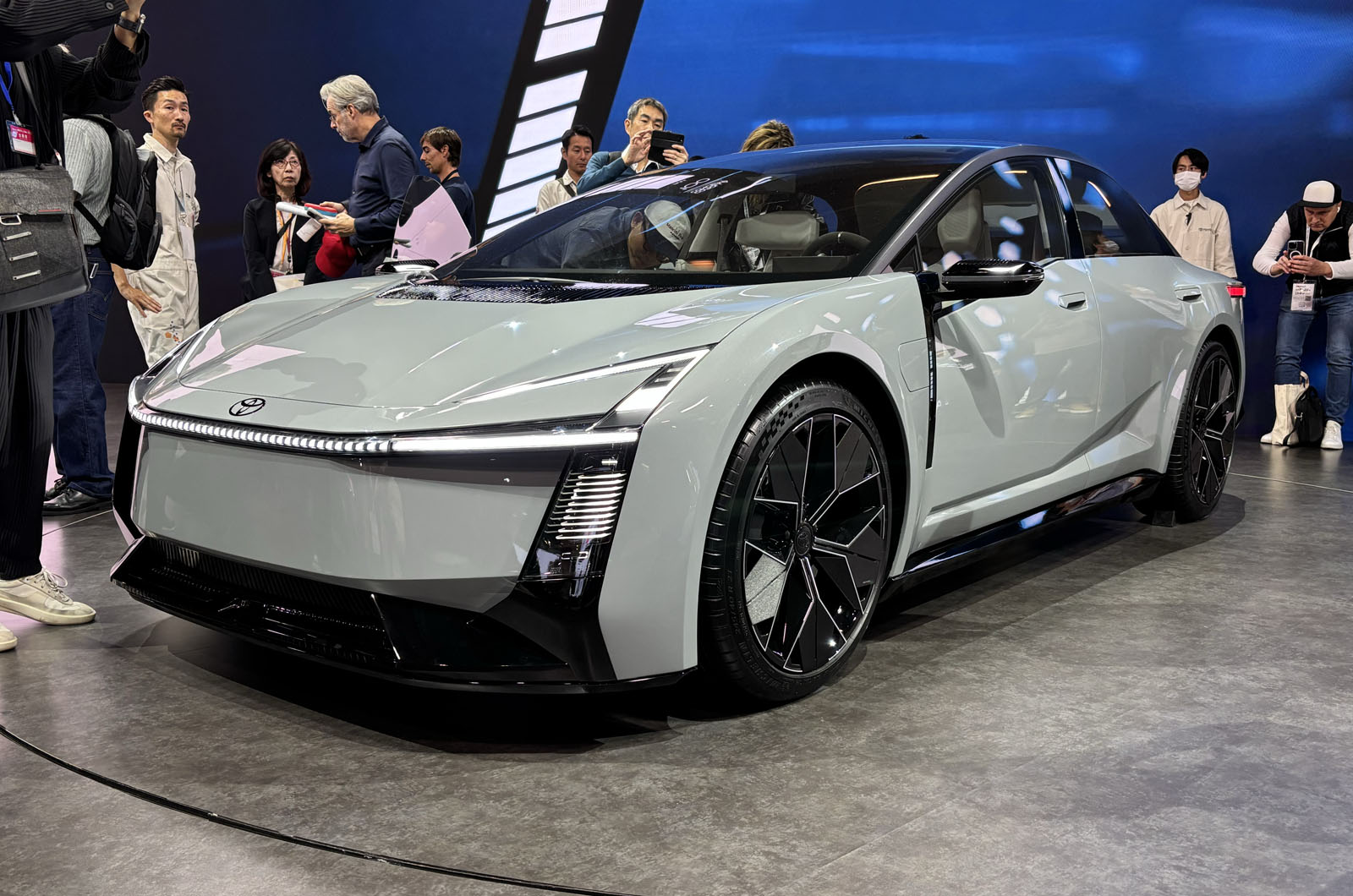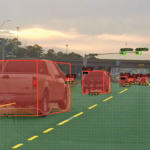Toyota will reinvent its best-selling Corolla hatchback for a 13th generation with a dramatic new look, next-era interior technology and the option of EV and ICE powertrains.
The world’s best-selling car, with more than 50 million examples sold since it launched in 1966, will drastically change shape and major on flexibility as it gears up to take on the next Volkswagen Golf and Skoda Octavia in the coming years.
Redesigned in line with Toyota‘s sharp new design language and completely removed from today’s car, the new Corolla has been previewed by a concept at the Tokyo motor show, which reveals that the new model will be a complete rethink inside and out.
“We’re going to reinvent the best-selling car of all time,” said Toyota designer Lance Scott at the unveiling, emphasising the significance of the Corolla’s historic popularity and outlining Toyota’s plan to maintain that mass appeal by catering to the varying demands of its customers in markets around the world.
Crucial to that will be a multi-powertrain line-up that includes both electric and combustion-based powertrains (hybrid, PHEV and pure-ICE) using an entirely new engine whose compact packaging is described as being crucial to the Corolla concept’s rakish look and drivetrain-agnostic packaging. 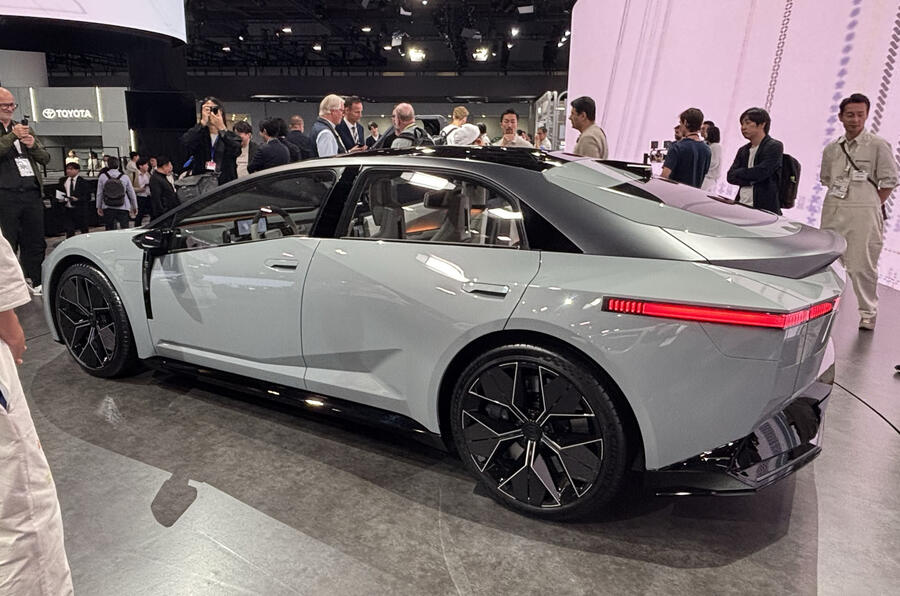
“You can choose your powertrain, but you’re not going to compromise on space, style or functionality,” said Scott, suggesting that the next Corolla will offer the same cabin and boot dimensions in all its guises.
Scott said Toyota needed to ensure the Corolla offered different types of motive power because the “Corolla is a car for the majority, but the majority don’t necessarily want the same answer”.
“Mobility for all has been a part of the brand promise since the beginning, and what we’ve realised is that ‘all’ really means every individual,” he added.
View all car reviews
Toyota’s Brit-built crack at the Golf class is also a new-groove performance hybrid
Thus, like its Golf and Octavia rivals, the Corolla will not be a pure-electric proposition in its next iteration – helping to sustain its popularity as demand for EVs continues to progress at dramatically different speeds in key global markets.
“It’s about providing everyone with the right choice,” said Scott. “We don’t want to leave anyone behind.”
Asked by Autocar if the concept was a realistic preview of the next Corolla, he replied: “Let’s see what happens. With a positive reaction from the show, why not? It’s not out of the realms of reality. It could be believable.”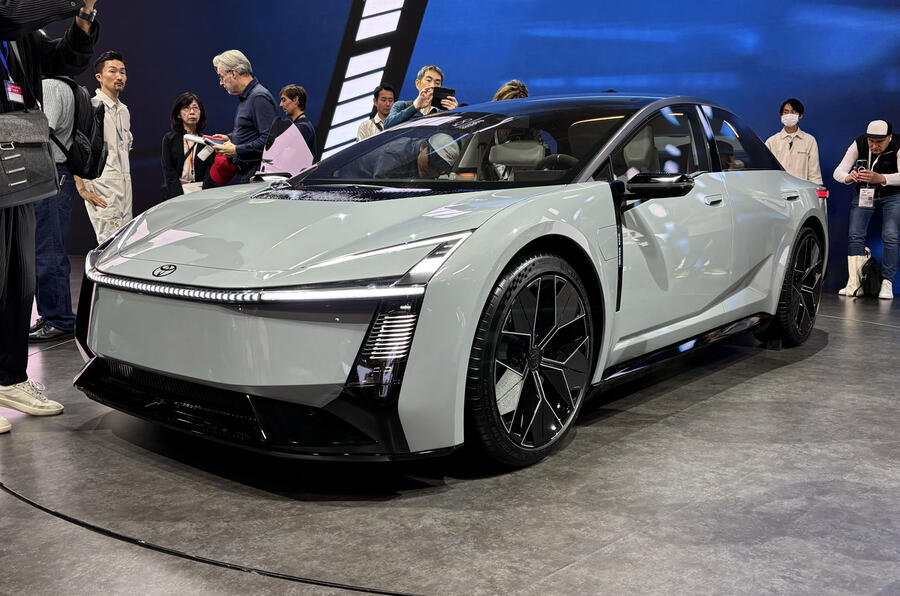
Recent concepts from Toyota including the Aygo X Prologue, Sport Crossover and Urban Crossover have evolved into road-ready customer cars with little visual alteration, and the Corolla concept looks just as close to showrooms as those did.
Scott said the concept is “a vision at the moment” but that “a lot of nice comments” would influence the company’s decision on whether to put it into production.
It was designed at Toyota’s European design centre in Nice, France, with the aim of totally reinventing the Corolla for a new era, rather than evolving what has gone before.
“When we started the project, we wanted to make a Corolla that people would look at and say ‘I can’t believe that’s a Corolla,” Scott said, contradicting the notion that long-running models should be carefully evolved for each generation to remain recognisable.
“The [Corolla] name itself is the continuity, and the direction of making a car which is going to be appealing to a large number of people. But nowadays even your general customer expects good design, something that’s more impactful than 10 or 15 years ago.”
Regardless of the segment a car operates in, Scott said, “everyone likes to drive a car that looks cool”.
It’s a similar story of revolution rather than evolution inside, too, where the Corolla’s traditional, button-heavy cockpit has made way for a minimalist and tech-centric affair that hints at a new treatment for Toyota’s future interiors.
There are very few physical controls, with all main functions accessed via haptics on the steering wheel, an optional touchscreen on the passenger side or a new satellite touch panel off the steering wheel; and the absence of a transmission tunnel (a clue to the Corolla’s EV-first engineering) means the centre console has been swapped for a striking new ‘floating’ panel that hosts the drive selector and phone pads.
But the advanced new cabin treatment doesn’t indicate an ambition to take the Corolla into pricier territory, Scott clarified.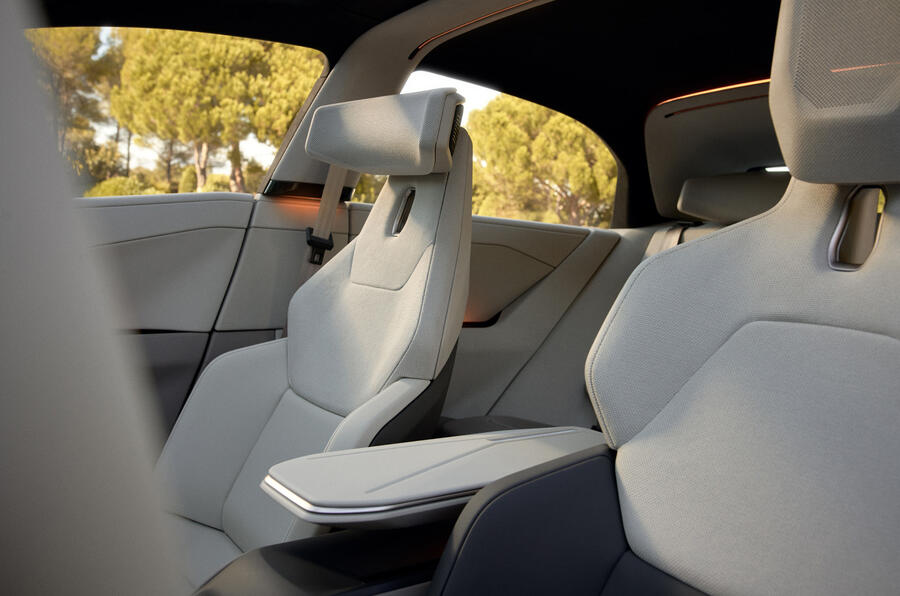
“I don’t think we’re trying to take Corolla upmarket or anything like that. I think the Corolla is the Corolla. It’s kind of a cornerstone,” he said.
Rather, the aim is to make a clear break from the previous Corollas to keep the model competitive in the face of fearsome new competition – from both legacy brands and newer marques – and renewing popular interest.
“The difference between a premium brand and a mainstream brand is that premium brands want an evolution, a small-step progression, which is one way of doing things,” Scott said.
“Mainstream brands, every once in a while they need a break; they need to change. It’s about continuing and improving the design, but also sometimes you need a little bit of a jump to take yourself ahead of the competitors and put yourself at the forefront of the market.”
At seven years old, the current Corolla is coming to the end of its natural life cycle, so a successor model could be expected to arrive next year – but Toyota has given no indication of a planned launch.
It has also not said whether its plant in Burnaston, Derbyshire, will build the next-generation model, having produced the Corolla and its various predecessors since it opened in 1992.
Join our WhatsApp community and be the first to read about the latest news and reviews wowing the car world. Our community is the best, easiest and most direct place to tap into the minds of Autocar, and if you join you’ll also be treated to unique WhatsApp content. You can leave at any time after joining – check our full privacy policy here.
Felix is Autocar’s deputy editor, responsible for leading the brand’s agenda-shaping coverage across all facets of the global automotive industry – both in print and online.
He has interviewed the most powerful and widely respected people in motoring, covered the reveals and launches of today’s most important cars, and broken some of the biggest automotive stories of the last few years.
That’s way to exciting for a Corolla, thus this concept will be toned down to Dulls Ville level come production time. Also, when will Toyota learn a compromised chassis to accommodate ICE and battery power is always sub standard.
That’s way to exciting for a Corolla, thus this concept will be toned down to Dulls Ville level come production time. Also, when will Toyota learn a compromised chassis to accommodate ICE and battery power is always sub standard.
Nearly everyone in the car industry is hedging there bets just now because we us the punters aren’t buying into the EV thing because there expensive and charging infrastructure issues and of course the range anxiety thing, doing Ev and ICE for now seems to be it for a while,as for the car, we’ll, I hate the paint scheme inside and out, light colours look dirtier sooner than dark and it would never feel like your driving a car.
I think it looks ace, just build it as it is! A Lexus version would be good as well.
To me, that’s ridiculously angular outside, it would be difficult to wash, and I don’t like the look. I do like the light interior. But then they’re losing buttons and putting it all on screens.
If all these concepts come off, the roads are going to look VERY different in a few years time. We’ll look back at 2025 in the same way we look at 1980 now.
View all car reviews

